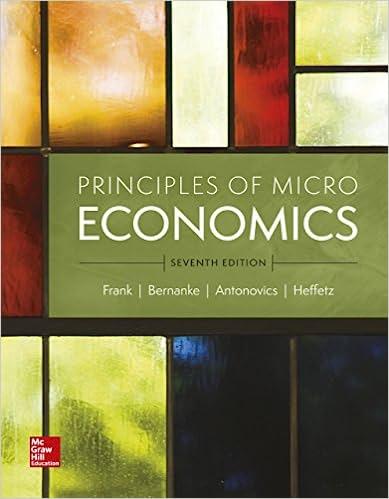Question
Attached are two diagrams depicting the market for soft drinks. In the two diagrams, the market supply of soft drinks is exactly the same, but


Attached are two diagrams depicting the market for soft drinks. In the two diagrams, the market supply of soft drinks is exactly the same, but the market demand for soft drinks has a different elasticity with respect to price. If an excise tax equal to $1 per liter is levied on soft drink sellers, please answer the following questions for Case #1 and Case #2.
1.Case #2:
a.The new equilibrium quantity of soft drinks bought and sold would be ____________ million soft drinks.
b.The new equilibrium price paid by buyers of soft drinks would be $__________ per liter.
c.The new equilibrium price received by sellers (after tax) would be $__________ per liter.
d.Buyers would spend a total of $__________ million on soft drinks.
e.Sellers would receive a total of $__________ million (after tax) from selling soft drinks.
f.The government revenue from this tax would be $__________ million.
g.$__________ million of this revenue would be paid by buyers in the form of higher prices.
h.$__________ million of this revenue would be paid by sellers in the form of reduced income.
2.If you were a politician who regularly sought campaign contributions from soft drink companies, would you prefer the demand curve depicted in Case #1 or Case #2?Explain your reasoning and use numerical calculations to support your answer.
3.If you were a Congressman interested in generating the most tax revenue from the soft drink tax, which demand curve would you prefer, Case #1 or Case #2?In your answer be sure to contrast the amount of tax revenue collected in the two cases and explain in words why the price elasticity of demand has an impact on the total tax revenue collected.
4.Assume that 10% of health care costs are related to obesity and that obesity rates decline by 0.1% for every 1 million liter reduction in soft drink consumption. If total health care costs/spending in the U.S. is $2 trillion, then what are the health care cost savings from the $1 per liter excise tax on soft drinks for Case 1 and Case 2? (Explain in words and show your work.)


Step by Step Solution
There are 3 Steps involved in it
Step: 1

Get Instant Access to Expert-Tailored Solutions
See step-by-step solutions with expert insights and AI powered tools for academic success
Step: 2

Step: 3

Ace Your Homework with AI
Get the answers you need in no time with our AI-driven, step-by-step assistance
Get Started


